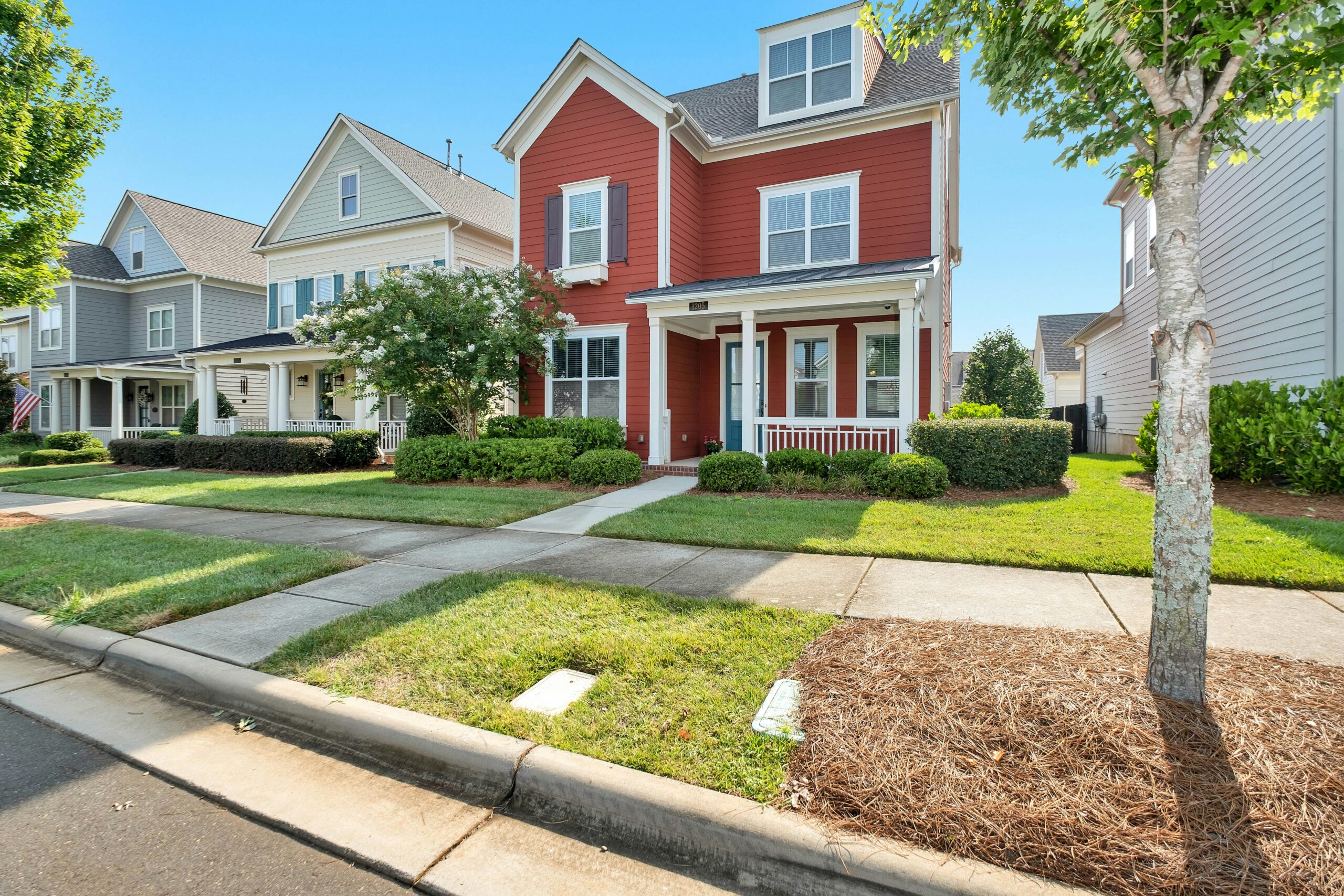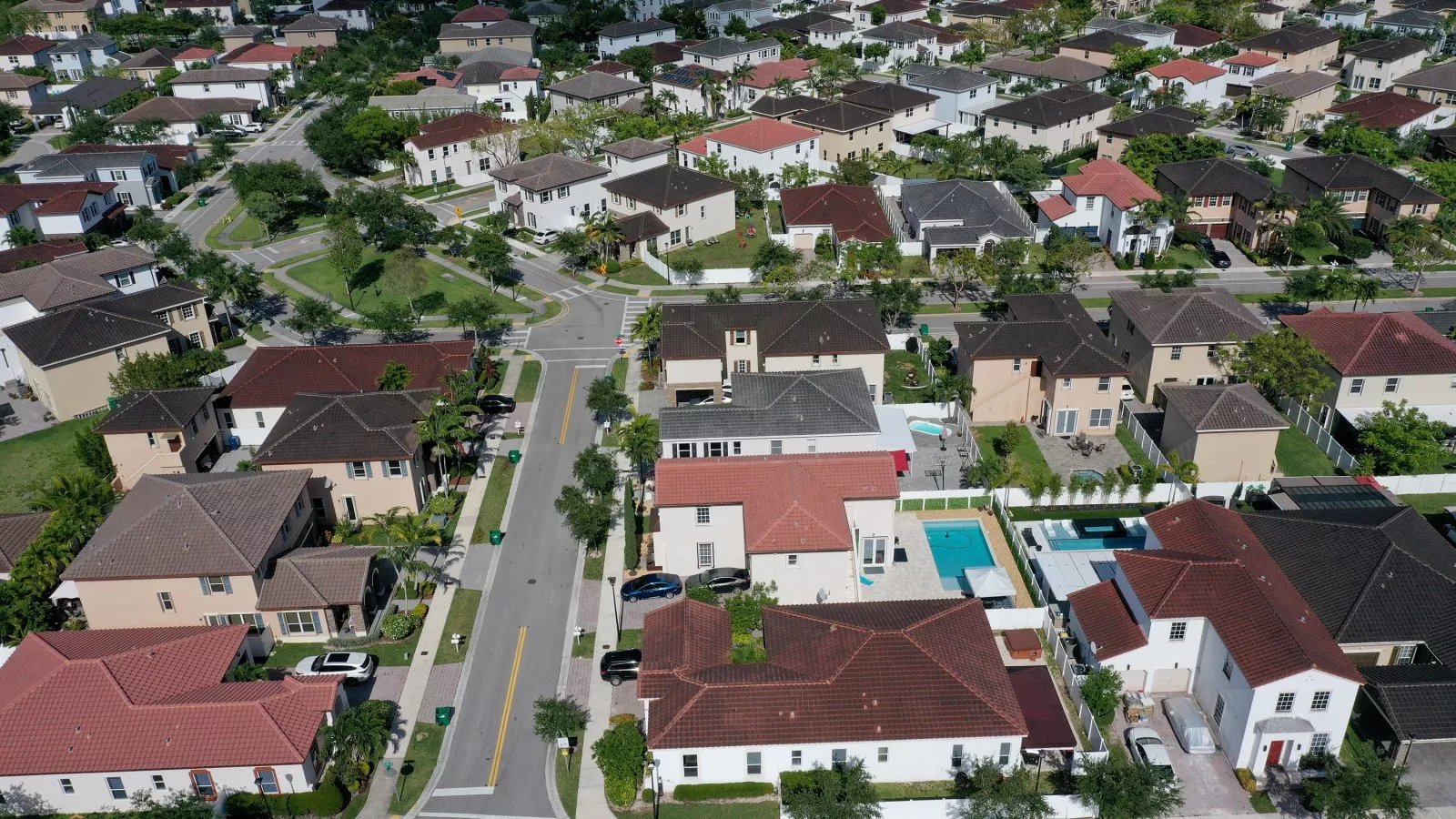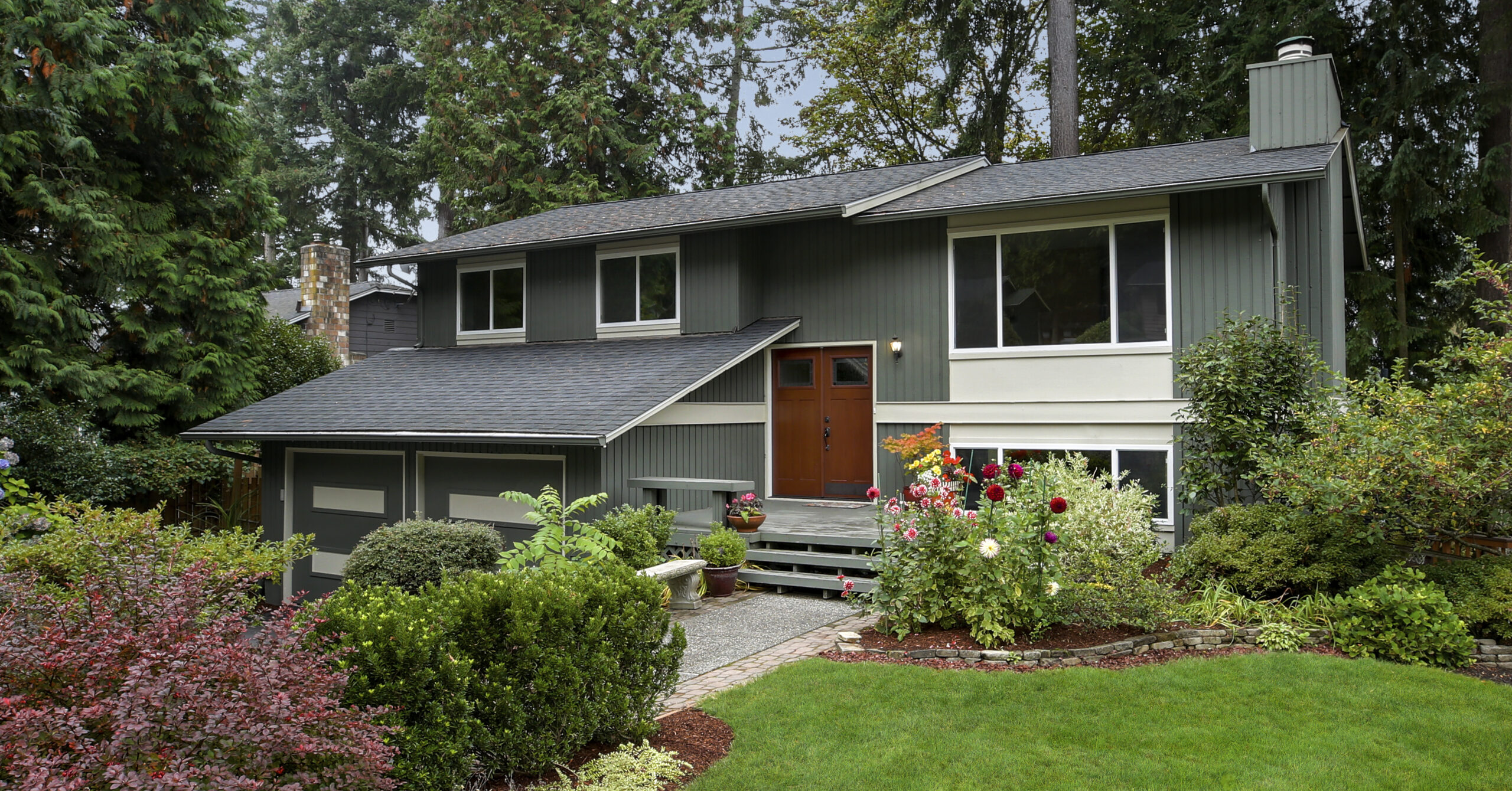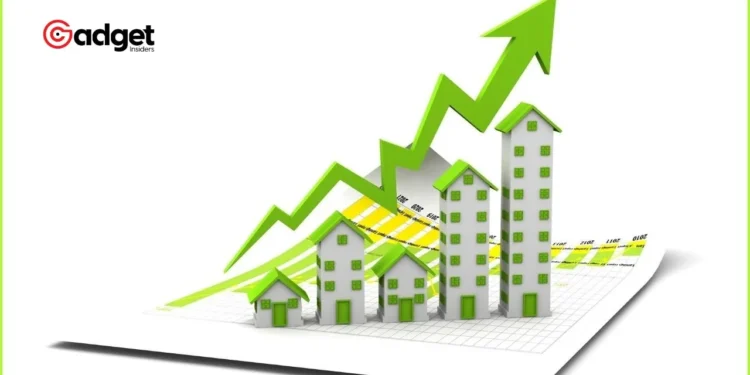In a notable shift within the housing market, regions like Florida and Texas are witnessing a significant increase in home listings, yet this abundance in supply is met with stagnating prices, presenting a complex scenario for potential homebuyers and sellers alike. March data highlights a dramatic upsurge in the number of homes for sale, with Cape Coral, FL, and North Port, FL experiencing increases of approximately 50%, surpassing growth rates in other parts of the United States.
Similarly, McAllen, TX saw a 25% rise in its housing inventory. This surge is primarily fueled by extensive construction efforts aimed at accommodating the influx of residents during the pandemic-driven homebuying peak.
However, the tide seems to have turned as many potential buyers are now sidelined, priced out of the market, further compounded by an insurance crisis in Florida disrupting transaction processes.

The Price of Overexpansion in Florida and Texas
As new constructions fill the market, sellers are finding themselves in a bind. In areas like North Port-Sarasota, FL, almost half of the listings have seen price reductions, leading the nation to this unwanted statistic.
Similarly, other Floridian cities such as Tampa and Cape Coral are observing significant price cuts to attract buyers. Eric Auciello, a local Redfin sales manager, notes, “Out-of-town homebuyers no longer see Florida as a place to get amazing value. Now they’re moving to North Carolina or Tennessee to get a good deal.”
The challenges are mirrored in Texas, albeit to a lesser extent. San Antonio and McAllen, despite having relatively stable economies, are experiencing slight price drops and increased days on the market. This reflects a broader national trend where elevated mortgage rates are prompting a ‘lock-in effect’, dissuading homeowners from selling due to potentially higher rates on new mortgages.
California is the US's most valuable housing market. Other top US housing markets by value in the Zillow report include Florida, New York, Texas, and New Jersey.https://t.co/dvOmaxyV1j
— Brian S. Curry (@CollinCountyHom) October 10, 2023
The Insurance Quagmire Deepening Market Woes
A particularly vexing issue in Florida is the burgeoning cost of home insurance. Auciello shares a telling example, “One of our agents is representing a buyer who thought he’d be able to get insurance for $2,000 per year—the rate the existing homeowner has.
But he found out at the eleventh hour that his insurance will be $4,000 because the house has had water damage.” This has become a critical factor, especially for waterfront properties where insurance rates can be prohibitive.

Recommendations for Buyers and Sellers
Given the current market dynamics, Auciello advises sellers to “price your home fairly; the comps from six months ago don’t exist now.” On the flip side, buyers might find opportunities to purchase below market value given the high odds of price reductions.
Connie Durnal, a seasoned real estate agent from Dallas, adds, “Last year was by far the slowest market I’ve seen in my 20 years as a real estate agent,” indicating that the market cooldown is not just a coastal phenomenon but is affecting major inland cities as well.

Adapting to a New Real Estate Reality
As the market adjusts to the new norms of higher supply and moderated demand, both buyers and sellers need to recalibrate their expectations. The days of rapid sales and soaring prices seem to be behind us, at least for the foreseeable future.
This could mean more bargaining power for buyers but also requires sellers to be more realistic about pricing and selling timelines. The overarching message is clear: the U.S. housing market is entering a phase of adjustment, reflecting broader economic shifts and local challenges such as the insurance crisis in Florida.










